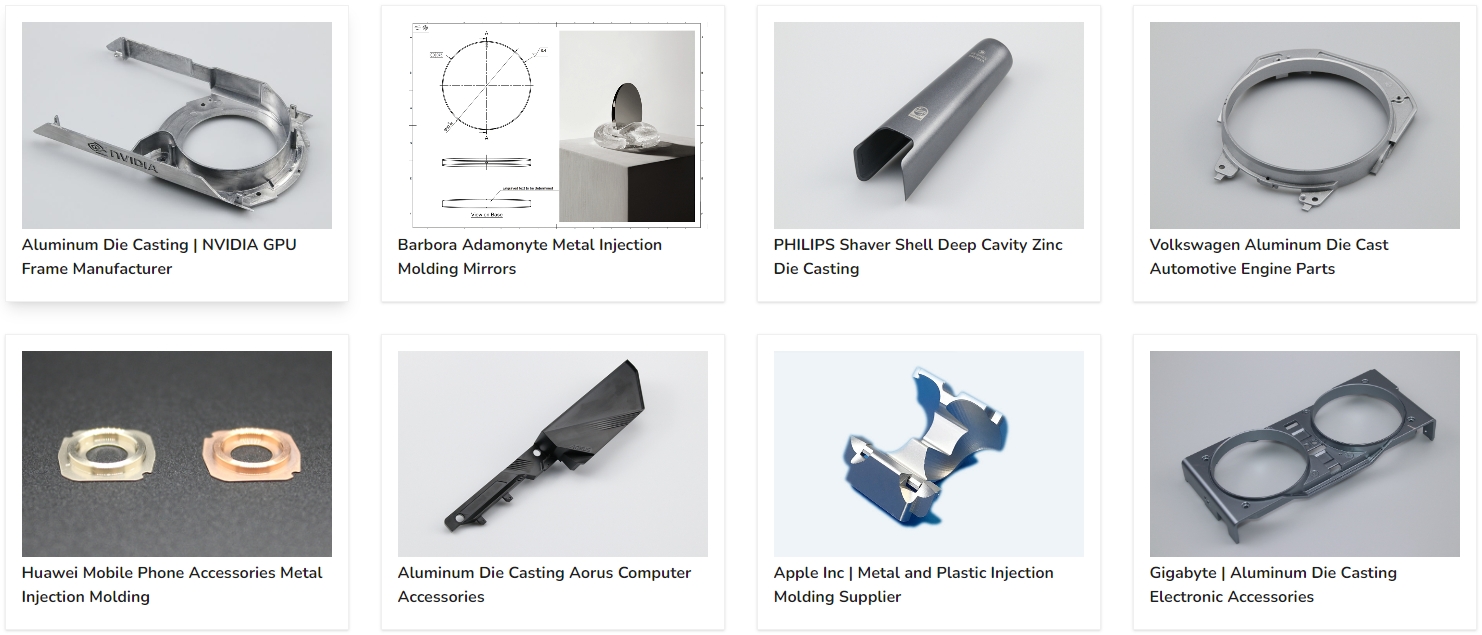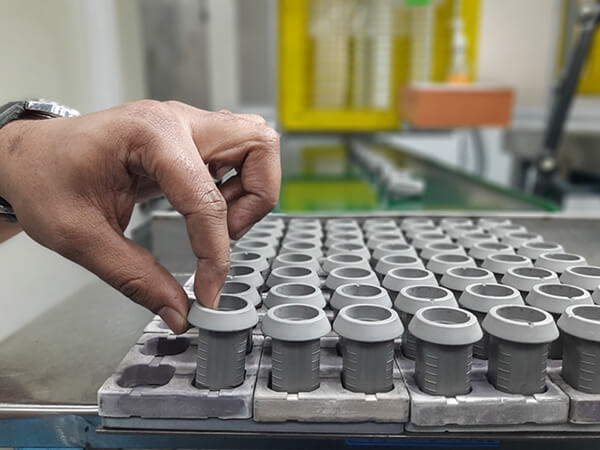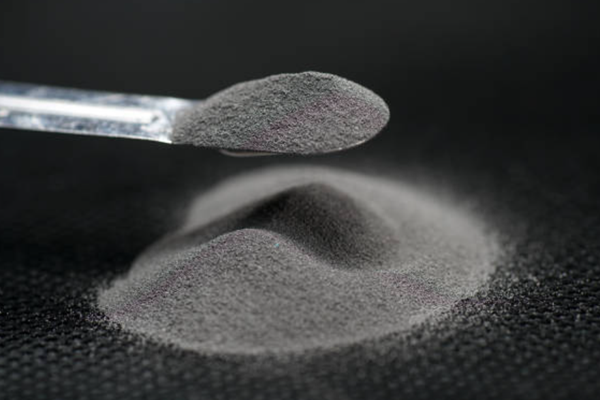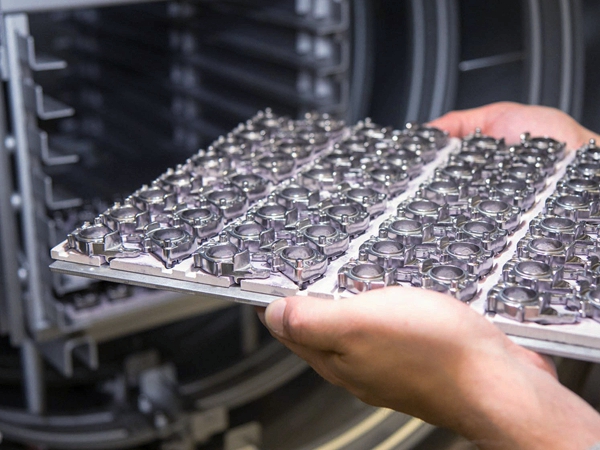Stainless Steel
Stainless Steel Optional for MIM
The most commonly metal injection molded stainless steels are 17-4 PH and 316/316L due to their excellent corrosion resistance and easier fabrication. Precipitation-hardening alloys can achieve very high strength through aging but are more difficult to MIM. Some common stainless steel alloys are used in metal injection molding (MIM), including:
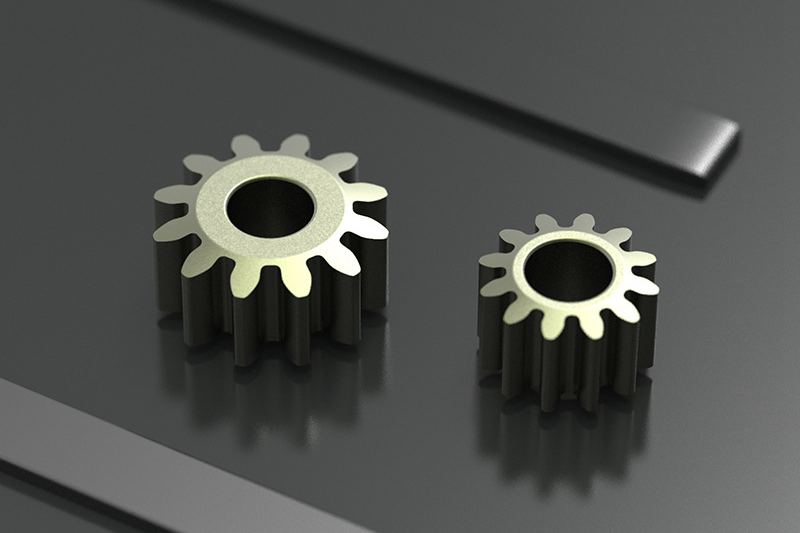
MIM-Stainless Steel Material Comparison
Austenitic grades offer the best corrosion resistance, martensitic grades have the highest hardness and strength, and ferritic grades provide an economical option when hardness is not critical. Here is a brief comparison of standard stainless steel alloys used in metal injection molding (MIM):
304: Austenitic stainless steel. Excellent corrosion resistance and good formability. Lower strength and hardness. It is commonly used for consumer products.
316L: Austenitic stainless steel. The addition of molybdenum further improves corrosion resistance, especially against chlorides. It is more expensive but excellent for marine and chemical applications.
17-4 PH: Martensitic precipitation hardening stainless steel. It can be aged and hardened to high strength and hardness levels. Maintains good corrosion resistance. They are used where high strength is critical.
420: Martensitic stainless steel. It is known for hardness, wear resistance, and moderate corrosion resistance and is used for cutting tools and worn parts.
440C: High carbon martensitic stainless steel. Highest hardness, strength, and wear resistance of this group. Requires more care during MIM due to high carbon content. They are used for bearing and cutting tool applications.
430: Ferritic stainless steel. Lower strength and hardness than martensitic and austenitic grades. Accessible to MIM and suitable for decorative parts not needing high hardness.
316: Similar properties as 316L but slightly higher carbon content. Excellent corrosion resistance but slightly less weldable. Very commonly MIM'ed for medical, marine, and chemical applications.
Below is a comparison table of the Tensile Strength, Elongation, Hardness, and Corrosion Resistance of the mentioned MIM stainless steel grades (304, 316L, 17-4 PH, 420, 440C, 430, and 316). Please note that the values provided are approximate and can vary depending on the specific manufacturing processes and conditions.
Stainless Steel Grade | Tensile Strength (MPa) | Elongation (%) | Hardness (HRC) | Corrosion Resistance | Data Sheet |
MIM-304 | 515 - 620 | 40 - 60 | 70 - 90 | Excellent | |
MIM-316L | 485 - 590 | 40 - 60 | 70 - 85 | Excellent | |
MIM-17-4 PH | 930 - 1310 | 5 15 | 30 - 45 | Good | |
MIM-420 | 1340 - 1600 | 5 - 15 | 48 - 58 | Fair | |
MIM-440C | 1900 - 2300 | 1 - 2 | 58 - 65 | Moderate | |
MIM-430 | 450 - 600 | 20 - 30 | 20 - 30 | Good |
Explanation of Parameters:
Tensile Strength (MPa): It measures the maximum amount of tensile (pulling) stress a material can withstand before breaking or undergoing permanent deformation. The higher the value, the stronger the material.
Elongation (%): This represents the percentage increase in length a material can undergo before breaking during a tensile test. It indicates the material's ability to stretch before failure.
Hardness (HRC): The hardness value indicates the material's resistance to deformation, wear, or abrasion. Higher values imply greater hardness.
Corrosion Resistance refers to the material's ability to withstand chemical reactions with its environment, particularly resistance to rust and corrosion. Ratings for corrosion resistance include Excellent, Good, Fair, and Moderate.
Please note that these values are approximate and can vary depending on the specific grade, heat treatment, and manufacturing process used for the MIM parts. Additionally, it is essential to consider the intended application and environmental conditions when selecting the appropriate stainless steel grade for a particular use case.
Stainless Steel MIM Parts Applications
Austenitic 304 and 316 are commonly MIM'ed for good corrosion resistance. 17-4 PH and 440C provide high strength and hardness where needed. 430 fills a niche for lower hardness applications. The alloy is matched to mechanical and corrosion requirements. Here are some typical applications for metal injection molded (MIM) parts made from various stainless steel alloys:
304 - Medical devices, surgical instruments, kitchenware, plumbing fixtures, pumps, and valves.
316L - Medical implants, surgical tools, food processing equipment, marine hardware, chemical processing parts.
17-4 PH - Electronic Accessories, Aerospace components, firearms parts, automotive valves, surgical instruments requiring high strength.
420 - Cutting tools, knife blades, valves, gears, and ball bearings require hardness and wear resistance.
440C - Ball bearings, valve parts, cutting tools, and knives require high hardness and corrosion resistance.
430 - Decorative and hollowware products like buckles, snaps, and gears where high hardness is not critical.
316 - Similar applications as 316L. Typical for medical, marine, and chemical processing applications needing corrosion resistance.
Key Features of Our MIM-Stainless Steel
We offer a range of stainless steel MIM alloys to meet corrosion, hardness, strength, aesthetics, and cost requirements. Please get in touch with us to discuss your specific application. Here are some of the key features and benefits of the stainless steel alloys we offer for metal injection molding (MIM) parts:
304 Stainless Steel:
Excellent corrosion resistance
Good mechanical properties
Wide range of applications
Cost-effective option
316L Stainless Steel:
Superior corrosion resistance, especially in chlorides
Excellent for medical, marine, and chemical applications
Can be sterilized for medical and food contact
17-4 PH Stainless Steel:
High strength and hardness after aging
Good corrosion resistance
Well-suited for high-strength applications
420 Stainless Steel:
Excellent hardness and wear resistance
Suitable for cutting tools, blades, bearings
Provides good value for money
440C Stainless Steel:
Highest hardness and wear resistance in group
Requires careful process control during MIM
Used where very high hardness is critical
430 Stainless Steel:
Lower cost alternative to 300 series
Accessible to MIM with pleasing aesthetics
Used for hollowware, snaps, gears, decorative parts
316 Stainless Steel:
The most widely used stainless steel for MIM
Optimal balance of corrosion resistance and mechanical properties
Our 316 MIM material is certified for medical and aerospace applications
How to Select MIM-Stainless Steel
Here are some tips on selecting the optimal stainless steel alloy for a metal injection molding (MIM) application. Considering these key factors will help guide the alloy selection process. Our team can help recommend the best stainless steel for your MIM application.
Consider the corrosion resistance needed. 300 series steels like 304 and 316L provide excellent corrosion resistance suitable for most applications.
Determine mechanical property requirements. If high strength and hardness are needed, 17-4PH or 400 series alloys are better choices.
Evaluate wear resistance needs. 420, 440C, or 17-4PH can provide high wear resistance where parts see abrasion or friction.
Assess part aesthetics. 300 series alloys provide bright, chrome-like finishes. The four hundred series are more matte gray. 430 gives a more copper-like color.
Review cost considerations. 304 is the most economical. 316L provides excellent value for critical applications needing maximum corrosion resistance.
Consider post-processing. 17-4PH requires aging treatment to achieve complete properties. 400 series are more difficult to MIM than austenitic.
Assess complexity and part size. More complex or smaller parts may benefit from an alloy that is easier to MIM, like 304 or 316L.
Review certification needs. For medical or aerospace applications, certified 316L or 17-4PH may be required.
Discuss requirements with your MIM supplier. Their experts can help select the optimal grade to meet your needs.
Why Choose Neway for MIM Manufacturing
Neway has served many world-renowned companies, using its strong manufacturing capabilities and complete quality control system to provide further market competitiveness and quality assurance for major brands.
Neway provides full-service support for part manufacturing needs. Capabilities include metal/ceramic/plastic injection molding, precision die/foundry/paraffin casting, sheet metal fabrication, and rapid prototyping. 30+ years of industry experience producing non-standard components. ISO 9001 and AS9100 certified. Investments in advanced CNC machining, rapid tooling, automated finishing, and quality inspection systems. Customized solutions from design to delivery. The new promotional offer provides a 20% discount on first orders from new customers in 2023. Contact Neway today to discuss your project requirements.
